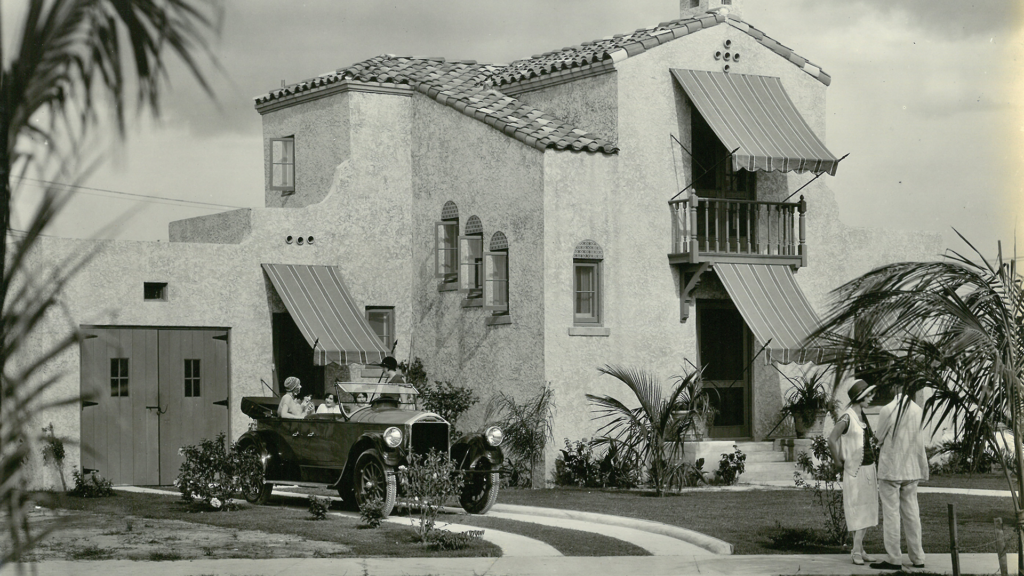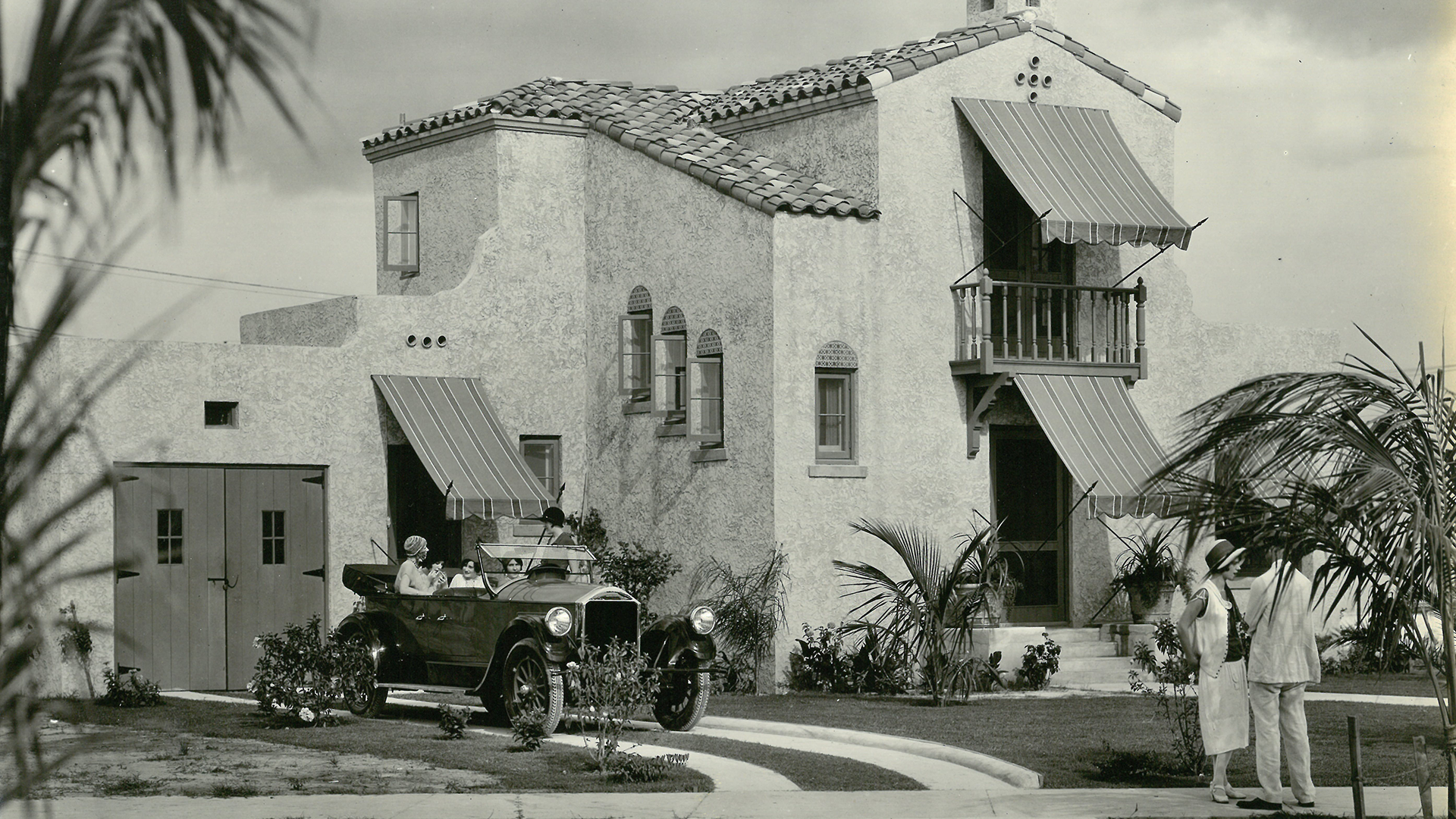Current exhibits
Decade of Change: Florida in the 1920s
NOV. 4, 2023 – JULY 14, 2024
Bootleggers flooded cities with prohibited booze, flappers danced to jazz, and workers erected bungalows and Mediterranean Revival-style suburban homes in Florida in the 1920s. But the experiences of riotous intemperate outlaws, dance champions, and sprawling suburbs was not the end-all and be-all of Florida’s first modern decade. Florida’s Jim Crow system was violently enforced, and a fundamentalist Christian religious revival movement swept the state during the decade. In short, Florida had a lot going on in the 1920s.
Decade of Change: Florida in the 1920s offers a glimpse of the fashion, music, architecture, social movements, and politics that defined Florida during the decade. By the time you get to the end of this exhibition, you will definitely “Know Your Onions” – at least when it comes to Florida in the 1920s. So stop stalling! “Get a Wiggle On” and check out the show!
On exhibit Nov. 4 – July 14
Sharps & Marks in Paradise: Selling Florida in the 1920s
NOV. 4, 2023 – JULY 14, 2024
The 1920s Florida Land Boom transformed almost every aspect of life in Florida. Between 1920 and 1930, the state’s population soared from 968,470 to 1,468,211. More roads, more cars, and even more land were added to the Sunshine State. Maps from this era dramatically demonstrate the changing landscape brought about by dredges, drag lines, and determination.
On exhibit Nov. 4 – July 14
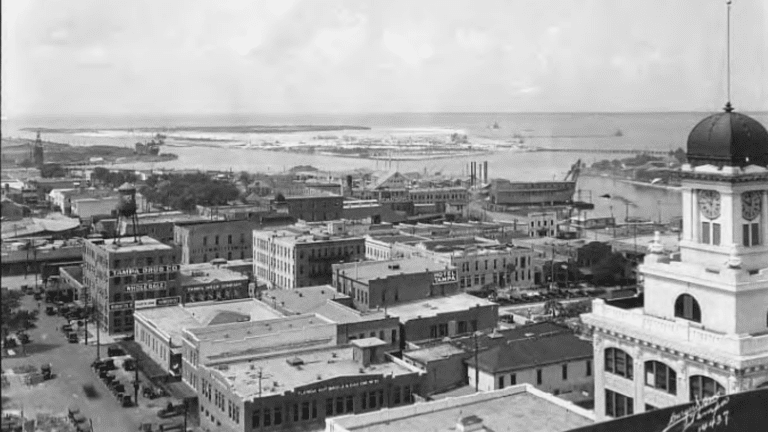

Permanent exhibits
Touchton Map Library
The Touchton Map Library and Florida Center for Cartographic Education is home to thousands of maps, charts, and other documents dating back from the early European exploration of North America more than 500 years ago up through the early 21st century.
Treasure Seekers
Conquistadors, Pirates, and Shipwrecks: Featuring a 60-foot, 18th-century pirate ship as its centerpiece, this permanent gallery introduces you to the explorers who landed in “La Florida” more than 500 years ago as well as little-known pirates like “Calico” Jack Rackham and Anne Bonny, who prowled Florida’s coasts in the 1700s.

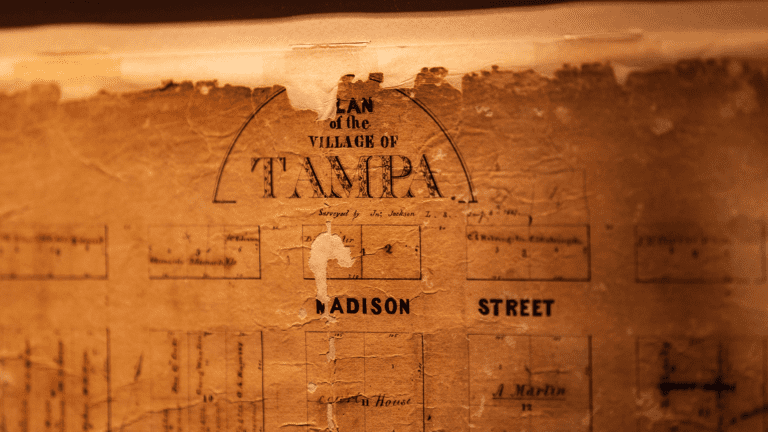
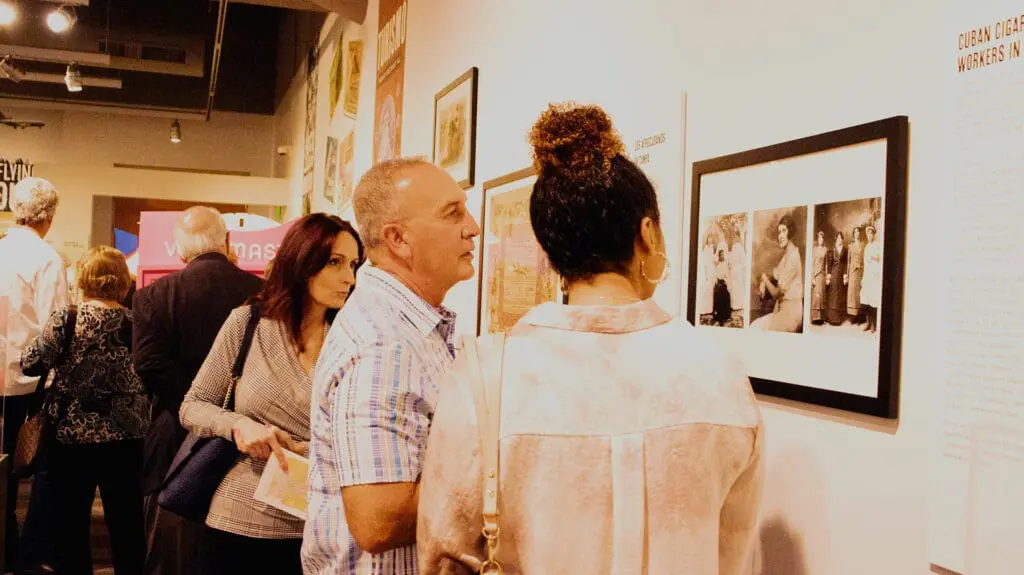
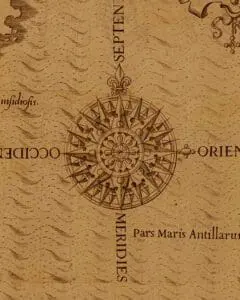
Past exhibits and virtual gallery tours
Founded in 1989 by the Hillsborough County Board of County Commissioners, the History Center opened its new 60,000-square-foot facility on Water Street in 2009. Since then, we've presented more than 50 exhibitions in the Wayne Thomas Gallery and Saunders Foundation Gallery. Explore the archive and discover past lectures, blog posts, and classroom resources.

